High Efficiency Power Supply for Intel IMVP-6/IMVP-6+/IMVP-6.5 CPUs
The LTC3816 is a single-phase synchronous step-down DC/DC switching regulator controller that complies with Intel Mobile Voltage Positioning (IMVP)-6/6+/6.5 specifications. It uses a constant-frequency voltage mode architecture with a leading edge modulation topology, allowing extremely low output voltages and very fast load transient response. The LTC3816 satisfies all of the IMVP-6, IMVP-6+ and IMVP-6.5 requirements, including 7-bit VID code, start-up to a preset boot voltage, differential remote output voltage sensing with programmable active voltage positioning (AVP), IMON output current reporting, power optimization during sleep state and fast or slow slew rate sleep state exit. It is suitable for a wide range of input voltages from 4.5V to 36V and output voltages up to 1.5V. The LTC3816 is available in 38-pin thermally enhanced eTSSOP and 5mm × 7mm QFN packages.
An IMVP-6.5 Converter With 4.5V~24V Input and 27a Output
Figure 1 shows an IMVP-6.5 application using temperature-compensated inductor DCR sensing. The output voltage is programmed by a 7-bit VID code. With temperature-compensated inductor DCR sensing, the LTC3816 provides an accurate –3mV/A AVP slope over temperature as shown in Figure 2. With strong integrated FET drivers and short dead-time, the LTC3816 offers a highly efficient solution, as shown in Figure 3.
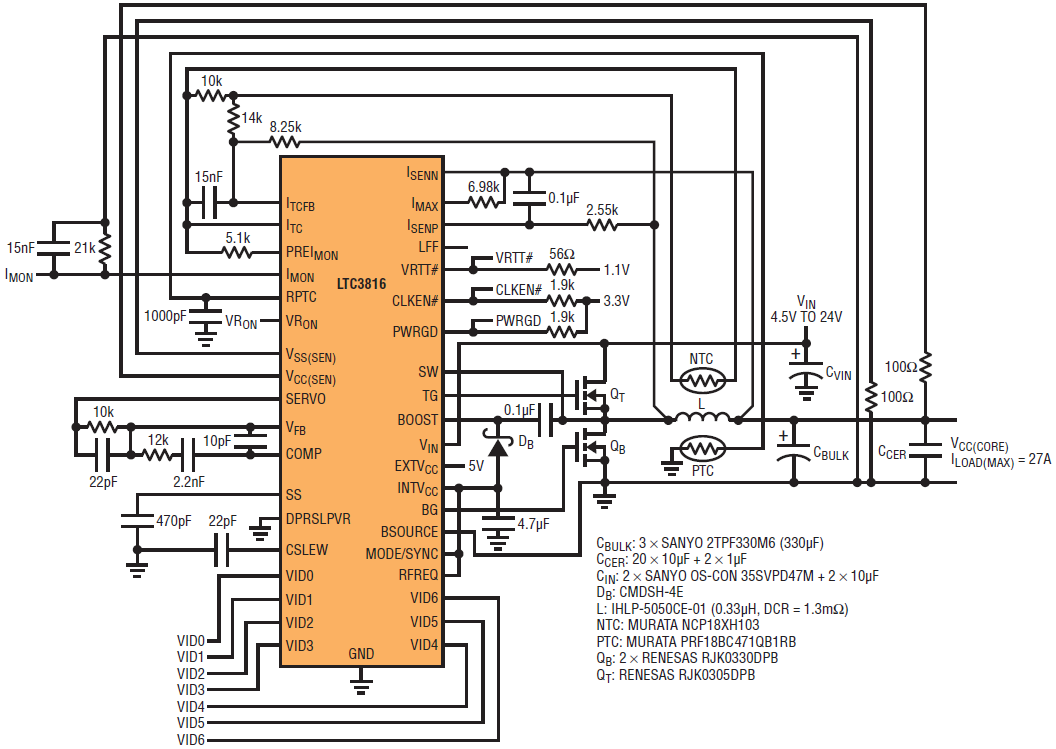
Figure 1. An IMVP-6.5 converter using temperature-compensated inductor DCR sensing.
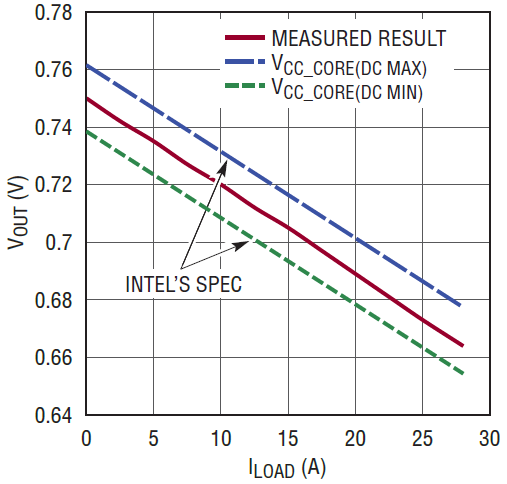
Figure 2. Load regulation with -3mV/A slope.
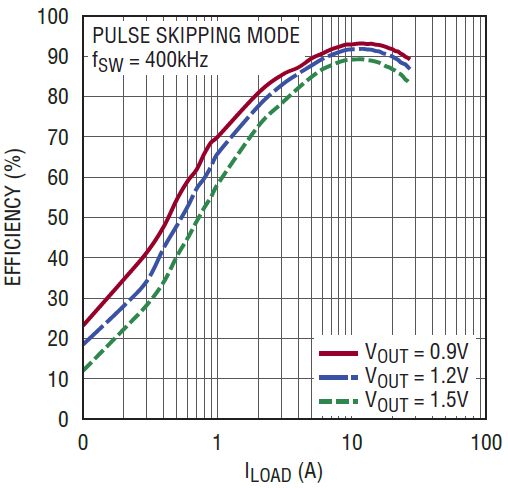
Figure 3. Efficiency with 12V input.
The LTC3816’s leading edge modulation topology allows ultrafast transient response to meet Intel’s stringent requirements. As shown in Figure 4, no undershoot other than AVP is observed during a load step-up test, easily meeting Intel’s specifications. Moreover, the LTC3816 incorporates a line feedforward function to compensate for changes in the line voltage and to simplify the loop compensation. The LTC3816 feedback loop is also capable of dynamically changing the regulator output to different VID DAC voltages as shown in Figure 5. Upon receiving a new VID code, the LTC3816 regulates to its new potential with a programmable slew rate selected to prevent the converter from generating audible noise.
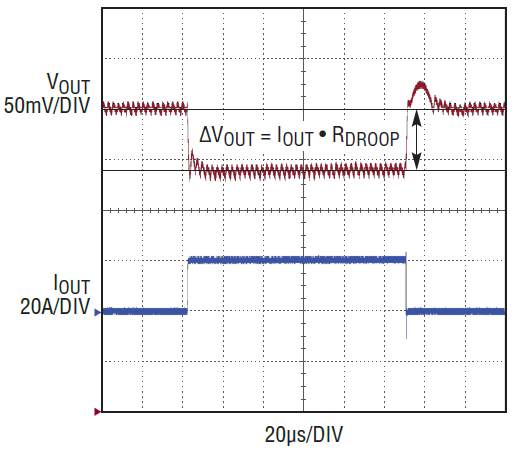
Figure 4. Transient response with 20A load step.
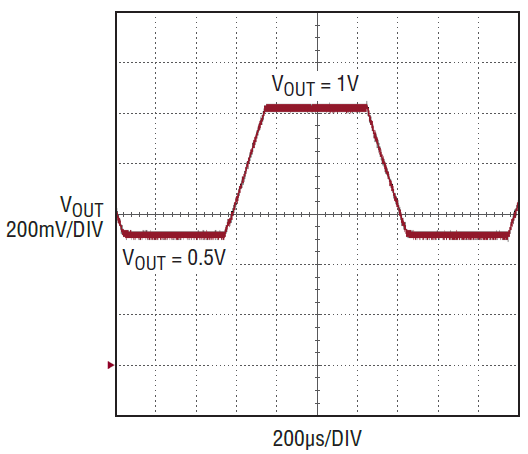
Figure 5. Output voltage transition from 0.5V to 1.0V in dynamic VID mode.
During start-up, the output voltage is charged to VBOOT first, according to Intel’s IMVP specification. As shown in Figure 6, VBOOT is 1.1V in IMVP-6.5 and 1.2V in IMVP-6. Once the output voltage reaches VBOOT, the CLKEN# output goes low and the output voltage transitions to the voltage programmed by the VID code.
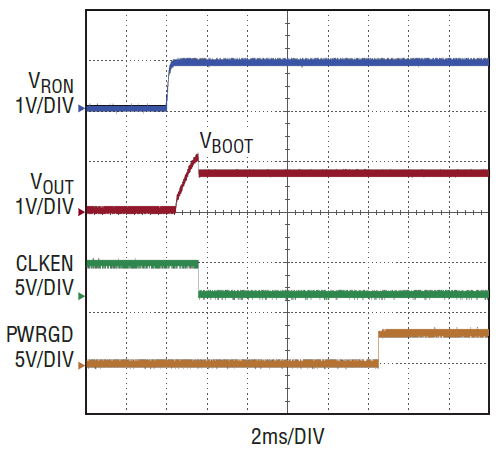
Figure 6. Start-up test with preset boot voltage 1.1V.
Figure 7 demonstrates that for high current applications, multiple LTC3816s can be paralleled to provide more power. The current sharing performance is very good in both static and dynamic operation conditions, as shown in Figure 8.
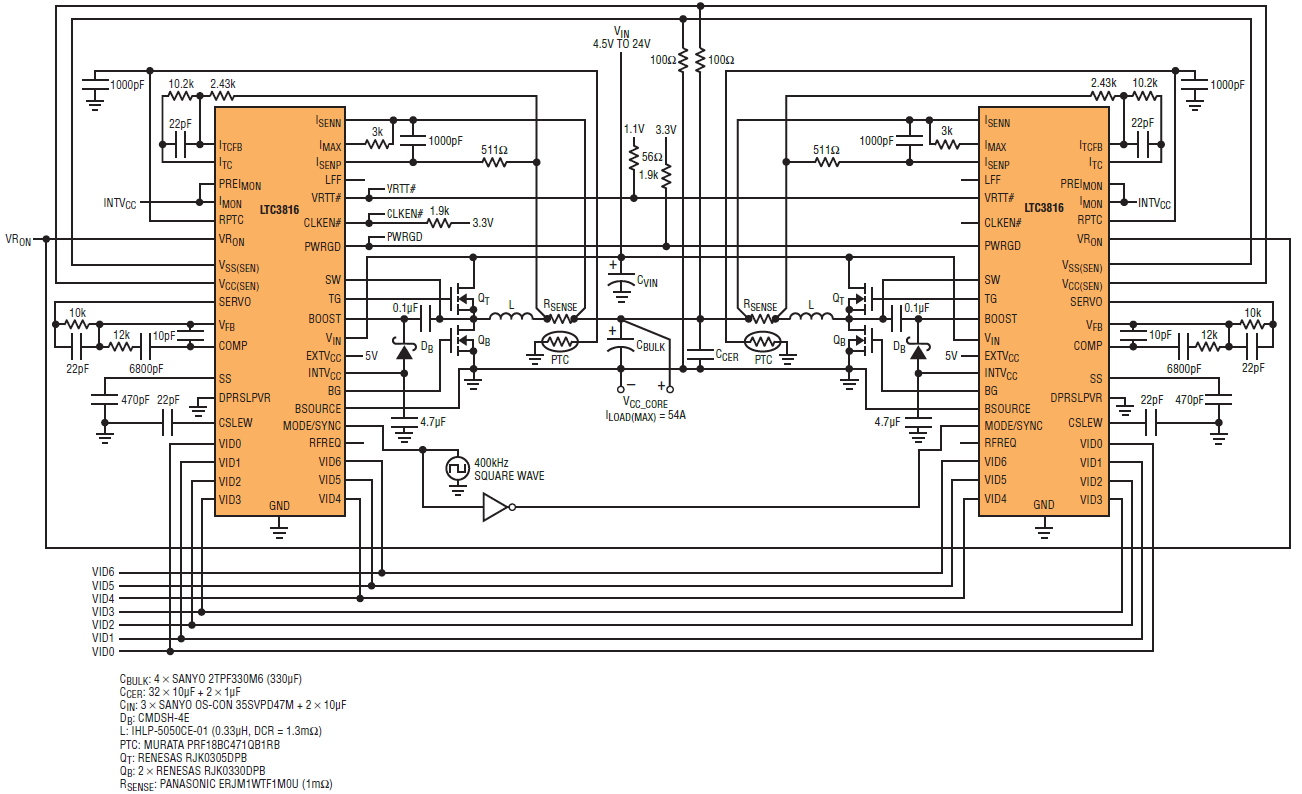
Figure 7. A dual-channel IMVP-6 converter with 44A output using RSENSE sensing configuration.
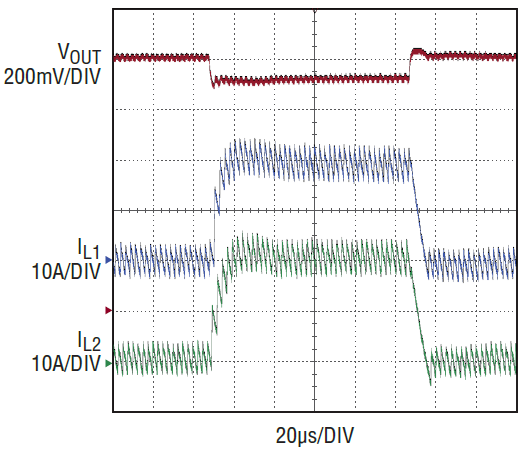
Figure 8. Current sharing performance for a dual-channel IMVP-6 converter.
The LTC3816 includes an onboard current limit circuit, so that the peak inductor current can be sensed via inductor DCR or a discrete sense resistor. The LTC3816 current limit architecture allows momentary overcurrent events for a predefined duration. The LTC3816 also provides input undervoltage lockout, output overvoltage protection and PWRGD and overtemperature flags.
Conclusion
The LTC3816 meets all of Intel’s IMVP-6, IMVP-6+ and IMVP-6.5 specifications in a small 5mm × 7mm 38-pin QFN. With strong gate drivers and short dead-time, the LTC3816 offers high efficiency solutions over a wide input voltage range. Its leading edge modulation topology allows very small duty cycle operation and ultrafast transient response. The LTC3816 provides high efficiency, high power density, and high reliability solutions for embedded computing, mobile computers, Internet devices and navigation displays.




















